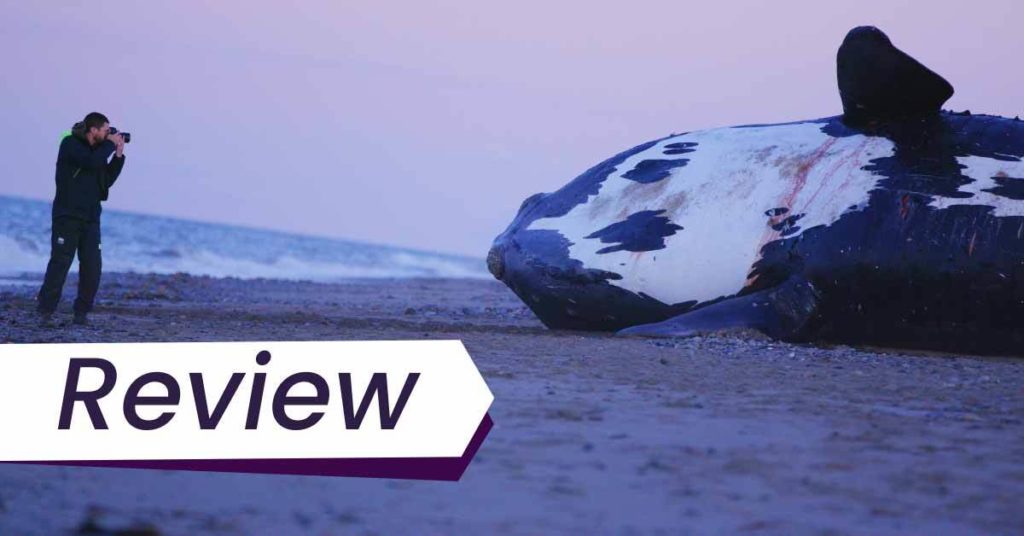Nadine Pequeneza’s The Last of the Right Whales, which premiered at the Calgary International Film Festival, tracks how humans have caused disasters for right whales and are working to save them.

Discover one film you didn’t know you needed:
Not in the zeitgeist. Not pushed by streamers.
But still easy to find — and worth sitting with.
And a guide to help you do just that.
A right whale (NARW #3560 aka Snow Cone) plays with her calf, who tries to lay on top of her. A 60-ton right whale comes all the way up to a small boat to meet its photographer, moving gently so as not to shake the boat. NARW #4615 thrashes about violently for hours, trying to rid himself of the rope that entangles him. These are just some of the many awe-inspiring and anger-inducing images in Nadine Pequeneza’s Last of the Right Whales, a rousing call to action, if a fairly straightforward documentary.
The film follows a wildlife photographer (Nick Hawkins), an ecologist (Dr. Charles Mayo), a whale rescuer (Barb Zoodsma), and more to piece together the story of the state of the dwindling North Atlantic Right Whale population in its habitat from the Gulf of St. Lawrence down to coastal Florida. We learn, for example, that there are fewer than four hundred North Atlantic Right Whales remaining, almost all of which are tagged and known to scientists by name. Over the past decade, the species has been dying at a rate of twenty-four per year. And the culprit is not natural causes but the fishing ropes left at sea in which the whales get entangled. We also learn that, unlike their southern counterparts, which are healthy in both numbers and size, the North Atlantic Right Whales are also generally too skinny, too often forced to use up calories to deal with human-caused hazards like entanglement or getting hit by fishing vessels.
As a piece of filmmaking, Last of the Right Whales is nothing new. But it’s incredibly informative, and it’s hard to resist watching images of these magnificent creatures. Nick Hawkins is the only wildlife photographer on Canada’s east coast with a license to actually get close to the right whale above and below water to get dazzling images. Due to protection measures, we previously only had images of parts of the whale, like a fin or the top of the head. But throughout the film, there are amazing images of the right whales at play, feeding, and struggling through entanglement. On the other hand, Pequenza doesn’t shy away from showing us the harsh realities that the right whales face. Eighty-five percent of North Atlantic Right Whales have been entangled at least once. And in one of the film’s most heart-wrenching and nail-biting sequences, we watch as NARW #4615 tries to escape a nasty, full body entanglement and scientists and whale rescuers try to figure out how to help.
You could be missing out on opportunities to watch great films at virtual cinemas, VOD, and festivals.
Subscribe to the Seventh Row newsletter to stay in the know.
Subscribers to our newsletter get an email every Friday which details great new streaming options in Canada, the US, and the UK.
Click here to subscribe to the Seventh Row newsletter.
You may also like…




